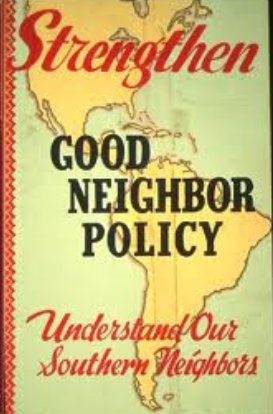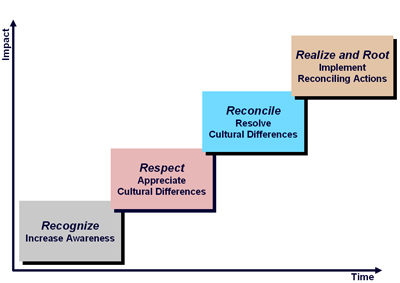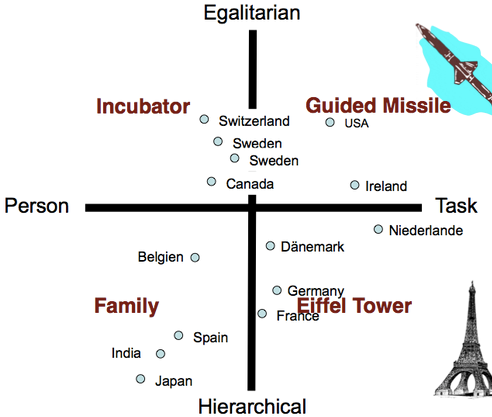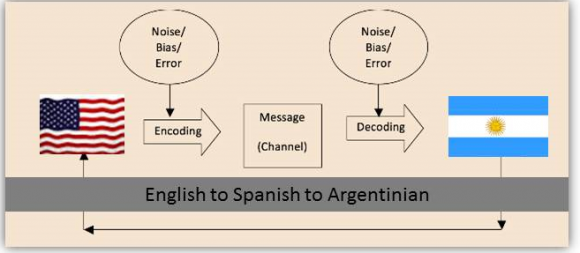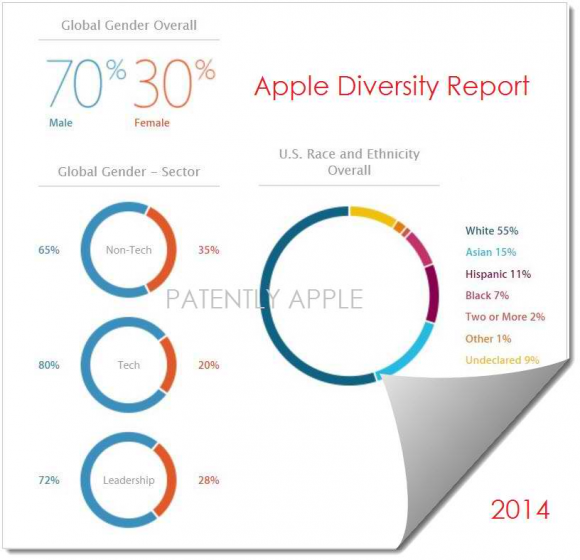In general there have been hopeful signs of Pan-American synergy in the twenty-first century. The reduction of trade barriers and fiscal deficits, the increase in economic and social collaboration for the development of human rights and the overall peace between the nations has laid the groundwork to decrease the poverty gap and increase the awareness of the effects of globalization. (Moran, Harris & Moran. 2011)
Pan-American synergy has a long history starting with the creation of the OAS through a series of Pan American Conferences from a US sponsored effort cumulating in the OAS Charter being signed in Bogota, Columbia in 1948. Its general principles were established from the Monroe Doctrine and it sought to establish peace, collective security in and for the Western Hemisphere, and encourage economic, social and cultural matters (Encyclopedia Britannica, 2014). During the early 1900’s, the United States expressed their sincerity of being a collaborative member of the Pan American Union by withdrawing Monroe Doctrine as applied to Latin America and repealing the Platt Amendment. In 1939, Roosevelt declared that the United States would work with all Latin American peoples to establish economic solutions and prior to World War II, the US implemented it’s “Good Neighbor Policy” in order to offset any possible influence by Germany. It must have had some effect as we entered World War II, the United States and Latin America were a very much aligned but unfortunately when the groups came to the table in 1947 to sign a pact of military defense the common objectives of economic, social and culture matters promised earlier by the American government were forgotten(Padilla, 1954).
Padilla, 1954 claimed that the root of Latin America’s great evil was poverty. In his declaration of the Meaning of Pan Americanism he wrote of the importance of the creation of the economic cooperation with investment accountability and responsibility of an Inter-American Bank which could create and maintain the interest needed to maintain trade agreements (import/export) which had been affected by both African and Asian undercuts. The United States at the time was trying to fight the global efforts of the Russian and Chinese government and some Latin American countries like Argentina viewed this as a threat to their existence and further disassociated them for fear of Soviet regime.
The OAS continued to try and create and maintain Latin American and Caribbean socioeconomic and cultural development. They worked hard in the early half of the 20th century help maintain peaceful accord in Latin America through various efforts such as the resolution of the Soccer War between Honduras and El Salvador, supporting Kennedy and the US by revoking Cuba’s membership, and promoting democracy and trade with efforts to monitor and safeguard fraud and the creation of the Alliance for Progress. In 1971, the Inter-American Court of Human Rights was established (Encyclopedia Britannica, 2014). Today the OAS has a four pillar approach to helping their member countries maintain a level of cooperation and accountability. Through democracy, human rights, security and development they develop tools to impact legislation and cultural education. Moran et al, argues while the OAS has created a ground for synergy, globalization in today’s world has brought increased support for the South American Community of Nations (SACN) and could potentially be a more effective organization. Still, the OAS continues to give voice to civil society and through its various strategic partnerships like PADF and private sectors should remain a positive force for the Latin American states in encouraging human rights and economic prosperity.
The Pan American Development Foundation (PADF) was established in 1962 as an affiliate of the Organization of American States (OAS). Created with private enterprise to provide an NGO to assist the least advantaged people in Latin America and the Caribbean in support of the Alliance for Progress initiated by the Kennedy administration (PADF, 2014), its pioneered one of the first micro-lending programs and over the past 50 years it has helped to strengthened thousands of Latin American civil society groups and expand alliances with government and corporate donors to facilitate human rights, community help and support victims of natural disasters. PADF’s programs have generated thousands of jobs, saved lives and property, protected vital natural resources, upgraded skills training and medical services, and improved conditions for thousands of disadvantaged Latin American and the Caribbean people(PADF, 2014). Another affiliate of the OAS is the “Trust for the Americas” which promotes the social and economic development of Latin America and the Caribbean.
Contemporary leaders have to be able to build bridges between the realities of both past and future in order to fully cultivate a synergistic mindset (Moran, 2011). They need to be able to envision and translate hemispheric solidarity. They must recognize the national and international differences and be able to accept cultural transformation that is beneficial for the greater good of the Pan-American culture, whether it be indigenous people or the corporate private sector in order to guarantee multinational sustainable solutions (PADF, 2014). Without this general cooperative approach and acceptance to change all areas of need will not be addressed. Education and the spread of technology, multinational corporate responsibilities and the overall care for humanity must continue to be at the forefront of organizations trying to accomplish goals for the common good (Moran, 2011).
References
Moran, R. T., Harris, P. R., & Moran, S. V. (2011). Managing cultural differences: Leadership skills and strategies for working in a global world. New York: Elsevier.
Organization of American States (OAS). (2014). In Encyclopædia Britannica. Retrieved at: http://www.britannica.com/EBchecked/topic/20243/Organization-of-American-States-OAS
PADF. Date N.A. About Us. Retrieved at: http://www.padf.org/pages/about-us
Padilla, E., (1954) The Meaning Of Pan Americanism. Foreign Affairs. The Council on Foreign Affairs.
Pennsylvania State University. (2014). OLEAD 497B: Lesson 8: Chapter 11: Doing Business in Central and South America. Retrieved at: https://cms.psu.edu
Fig 1.1 OAS provided by OAS.com
Fig 1.2 Good Neighbor provided by GDC.gale.com

